The Roguelike Enthusiast Describes Their First Soulsbourne Experience
Review: Neil Gaiman Brings the Cosmic World of Dreams and Nightmares to Life in Netflix’s ‘The Sandman’
August 6, 2022Highlighting Courtney Lee, Social Media Manager for the Nancy Grace Roman Space Telescope
August 7, 2022The Roguelike Enthusiast Describes Their First Soulsbourne Experience
https://blacknerdproblems.com/the-roguelike-enthuasist-describes-their-first-soulsbourne-experience/
One of the first games I ever reviewed for this site was Subset Game’s Into the Breach, the follow up to their first foray into the game development, FTL: Faster Than Light. Both of these games are self-described by the developer as roguelike-likes. If the term sounds unfamiliar, the abbreviated history is that an ASCII game called Rogue was released and the game was characterized by its procedurally generated levels, high degree of difficulty, and dying meant you had to start the whole run over from scratch. No save states, no progression carried over, nothing.
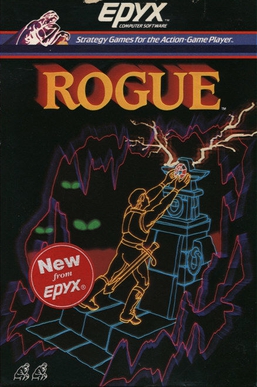
And this game inspired an entire genre of games just like including the infamous NetHack. Over time, the genre expanded in scope and function resulting in the broad label of “roguelike-likes,” which includes pretty much my entire gaming catalog. Top contenders for my roguelike resume include 1000+ hours in Slay the Spire, 100+ hours in Hades and Dead Cells a piece, about ~100 hours between both of Subset Games’ although the number is going up with the Advanced Edition of Into the Breach now available via Netflix on Mobile and all the usual platforms. Oaken, Despot’s Game, Castle Morihisa, Evertried, Griftlands, and about a half a dozen other games of various degrees of roguelike.
I live for the endless cycle of living, learning, dying, and repeating. I love the slow mastery that comes from incessant experimentation, the constant honing of skills and decision making, and the erudite and patient investment that each and every trial will eventually pay off.
And the question then becomes, what happens to all of that grit and determination when faced with a Soulsbourne.
Parallel Philosophies
Soulsbourne is a fan name for the collection of games produced by FromSoftware. They are notoriously characterized by their high degree of difficulty. There is an expectation that you will die several hundreds if not thousands of times trekking through their perilous worlds, slowly learning the cadence of combat, slowly marching towards a grand summit of a final boss. Demon’s Souls, Dark Souls, Bloodbourne, Sekiro, I had never touched any of these games as they felt like an significant investment.
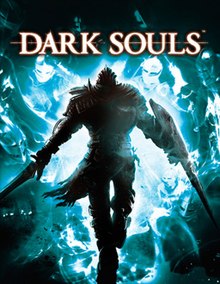
However, when the Steam Deck entered my house and it came time to get a high intensity game to put it through its paces, I bought into the hype of Elden Ring. The latest game from FromSoftware, Elden Ring was an unholy union of Soulsbourne challenge with an expansive open world with inspiration from George R.R. Martin. It had also managed to capture the public eye and fascination selling over 13.4 million copies three months after launch. This was achieved by somehow satisfying existing fans of the franchise while also enticing waves of newcomers who were drawn in by the unique aesthetic of the world.
Fundamentally speaking, the Roguelike and the Soulsbourne share a virtually identical philosophy. You will fail, but you will learn from this failure. Your persistence will eventually be rewarded. Mechanically of course, the way this philosophy is implemented is vastly different, but as someone who has not wavered from a long line of roguelikes, I figured what better way to test my mettle than with my first true Soulsbourne.
One Real World Day in the Lands Between
As of the time of writing this article, I have barely scratched the surface of Elden Ring. I spent the first thirty minutes of my first play session customizing my character and ultimately settling on the aesthetic of the Prisoner class. Something about the mask spoke to me, and in short order I was slowly fumbling my way through the nicely labeled tutorial caverns where I took several hits as I learned the controls. I walked out to the opening area, saw a knight on horseback, and proceeded to get completely demolished in short order.
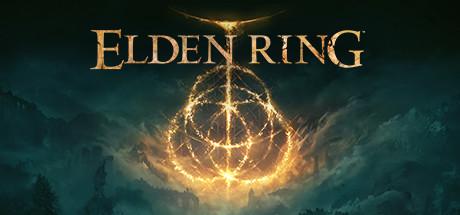
This is apparently par the course for Soulsbourne, and thus the goal became “find things that you can actually manage and maybe come back to this once you have some actual levels, gear, and experience.” After about an hour of struggling through the hybrid melee/magic class of the Prisoner, I realized I needed something with a more linear learning curve as I was just adjusting to the Soulsbourne. I rerolled a warrior, embraced my tank tendencies, and started afresh.
I explored the peninsula, slowly learning to fight vassals and creatures, and avoiding anything that could conceivably eat me. I fumbled my way to the third campfire, got the ability to level, met a witch who gave me spirit wolves, and slowly I began to piece together my place. Heeding the advice of a friend, after encountering a particularly difficult opponent, I set out to find even more advantages in the world only to fell the troll and come to the realization that the actual difficult encounter they mentioned hadn’t happened yet.
In game, my last achievement was defeating Margit, the Fell Omen, which is the very first proper boss of the game. Since that victory, I am now slowly fumbling my way through Stormveil Castle, where the last thing I did was get blown away by a flying bird with blades affixed to its talons, yet it could still carry a whole explosive barrel to kill me in an instant.
The map is large and empty. My character is still wearing some starting pieces. I am fully aware that I’m in the shallow end of the experience, but my experience as a Tarnished is incidental to my thesis.
Variance
A shared commonality between the roguelike and the Soulsbourne is the concept of a “biome.” True to its ecological roots, a biome is a unique environment with unique obstacles and enemies. To simply call these zones would diminish the amount of life they have and the pain they can inflict. While there is an aesthetic difference between biomes, the fact remains that in both genres of games, the area changes how you play the game on a fundamental level.
Elden Ring‘s presentation of biomes is more akin to the actual use of the world. All of the biomes coexist on the same map, and you traverse the world. There are various crevices and creatures, and your pathing is like that of an errant feather on the wind. Your exploration of the land may have similarities to another, but the individual journey will be extraordinarily unique by the end of it. The chests may be deterministic, and the enemies spawn reset every time you rest at the site of grace. So while you’re cohabitating in an instance of world, the traced steps are almost like finger prints.
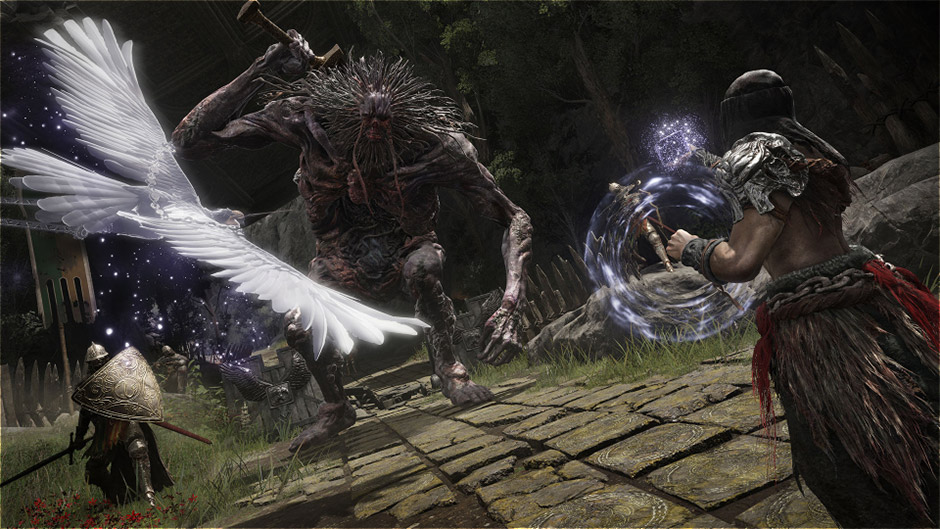
Roguelikes are somewhat more linear in their progression. Slay the Spire and Hades will always take you through the same zones in the same order, even if the encounters and gear you find will be different every time. Conversely Dead Cells and FTL will give you options on which biomes to visit, thereby lending you some agency in the trials you must face. But without seeds, the instance that you’re playing will never likely be played again.
This duality of variance even permeates to the verbiage in guides. Elden Ring guides can be perspective in nature. If you want X weapon, do Y task. If you’re struggling with Y task, trying finding Z NPC. The knowledge that is shared can be concrete and explicit and detailed. Conversely, roguelike guides are descriptive. In Slay the Spire, going for “builds” and “archetypes” can be deadly to the success of your run because you aren’t guaranteed specific cards and relics. Instead, guides are more suggestive. In Act 1, trying to prioritize damage because of the elites. While preparing for Act 2, trying to area of effect at the ready. Act 3’s bosses may be able to counter your deck, make sure you look for solutions and fill the gaps.
It becomes addictive, basking in the possibilities and eventualities.
A Meta Progression
Yet these choices play out on vastly different scales.
Roguelikes are quick loops. While it’s easy to sink hours on hours mastering the game, the run unit is only a few hours at most. The genre is designed to loop. You die, you start with a fairly clean slate. Maybe you unlock some additional items that may or may not show up in the next run. Maybe the game features a way to empower your character holistically like with the Mirror upgrades in Hades, or maybe the game features a way to challenge yourself beyond the limits of the possible with the Pact of Punishment in, also in Hades. A typical escape to the surface can likely be down in one or two sittings, and the allure is in finding the flow state for each individual attempt.

Elden Ring is a trek. The twenty-ish hours I’ve spend exploring Limgrave have been the equivalent of going to the store to get supplies for the long journey only to realize that you have severely underestimated the size of the grocery store. The metaphor is a bit skewed, but the point is that I have friends who have spent hundreds of hours in this game in the pursuit of the end, and some have the ends of the earth, and others are still grinding at the finish line. It is an investment, and one that pays off. I have maybe explored 50% of Limgrave, and that’s probably a poor estimate. After discovering that it would behoove me to have a ranged attack option to fend off terrifying hawks, I started scouring the lands and discovered that there were entire areas and enemies I missed, including a goddamn dragon. I have a vague idea of what awaits me in the castle and an even vaguer idea of what’s after that, but as I slowly take my Tarnished on this journey, I find that even if I fundamentally know that death is inevitable, that it is part of the process, for some reason it hurts more while playing a Soulsbourne.
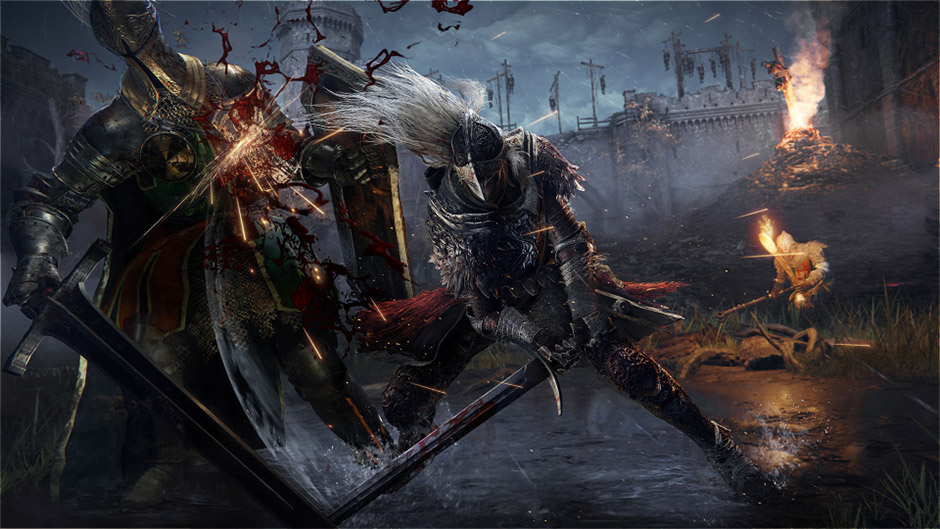
A Mental Progression
In order to effectively use a new armament I got after defeating what I can best describe as an arena lizard with the help of a wolf man, I ended up farming a particular troll spawn for runes, the combination experience item and currency. These two trolls in particular were beasts of burden chained to a caravan which meant they were slow, easy to engage with individually, and otherwise trivial to deal with (or so I thought). I used the grind as a way to get used to the flow of combat, learning how to use spirit summons, dodge, and aim my attacks to weak points. And I felt good about my progress. Until of course, while I was doing one last run, I got complacent with my inputs and health and almost died to my prey because I didn’t chain my sword swings fast enough resulting in a panicked exit on my horse. Had I died, my stockpile of runes would have been dropped and I could have retrieved them, but it was a harrowing experience that as strong as I thought I had gotten, that the game would punish my carelessness.
Death is part of the process. The reason the game drops your spoils on the ground to pick up is a challenge, a call to return to what bested you and best it (or at least recover and regroup), and failing to do so may be of little consequences or set you back hours. And even though I know that progression requires repetition, the continuity of character and inventory changes the perception. A death in a Soulsbourne feels more personal, but in more ways than one, a victory in a Soulsbourne feels a particular kind of exhilaration followed by a deep seated exhaustion that there is still so much more road to go.
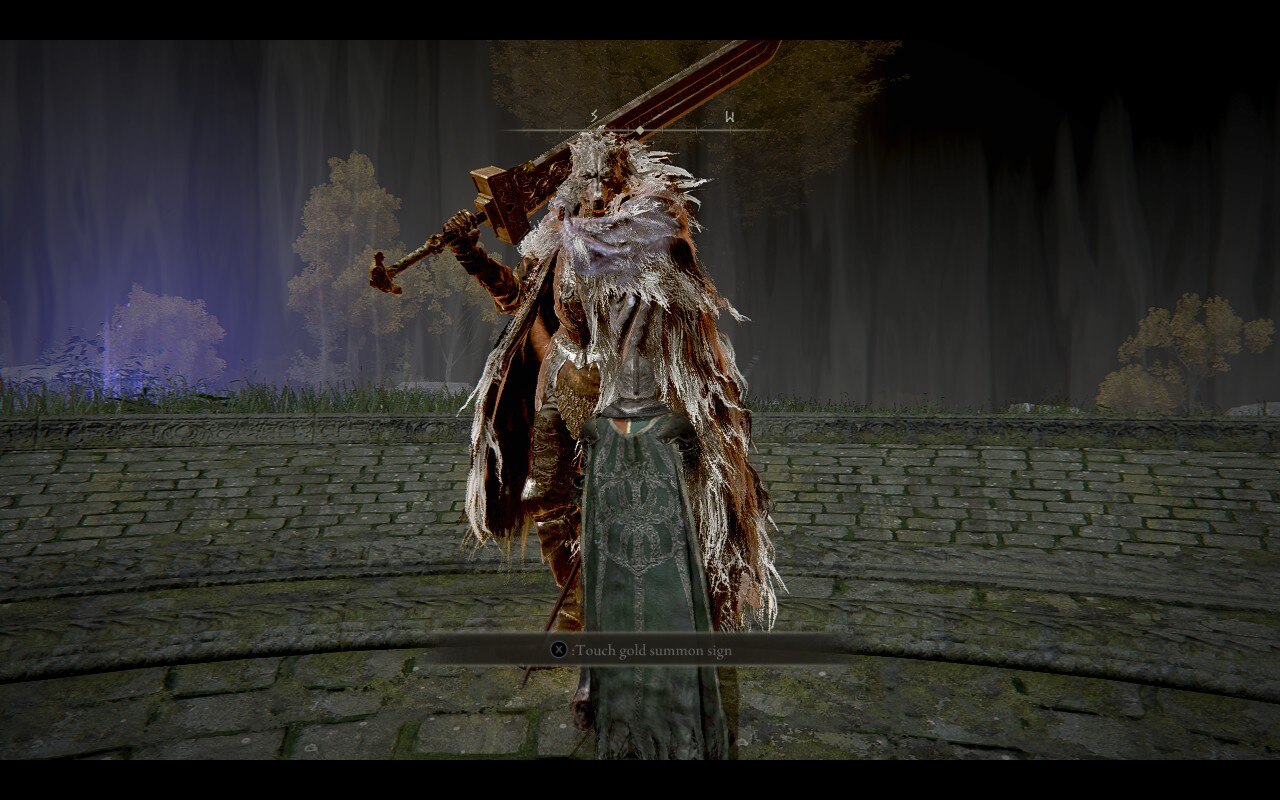
Beating Hades in Hades, beating the Heart in Slay the Spire, there was a deep satisfaction in the accomplishment. That I had made the right decisions, played correctly, and maybe just got a little bit lucky. But it was different conquering Margit. Perhaps it was because the combat is more visceral, or perhaps more likely it was because this was the singular culmination of all the experiences. It took 15 some hours to defeat the first boss. Fifteen hours could easily be fifteen to thirty roguelike runs depending on how reckless I play. And that fifteen hours is just a drop.
The Only Way Out is Through
The Roguelike and the Soulsbourne are rooted in repetition. Do this until you understand how to do it, and then do this until you understand why you’re doing it. And hypothetically, you really would think that all of the conceptual understanding of the endless loop from Roguelikes would acclimate me to the Soulsbourne, and while that mentality is what got me started, there is something special about the Soulsbourne genre. All that theory means nothing when failure is the potential loss of tangible investment and a shaking of your skills.
Still, as I slowly begin to piece my confidence back together to more diligently take out warhawks with a newly minted crossbow, the Soulsbourne mantra does sound oddly similar to the roguelike mantra: again.
Want to get Black Nerd Problems updates sent directly to you? Sign up here! Follow us on Twitter, Facebook, Youtube, and Instagram!

The post The Roguelike Enthusiast Describes Their First Soulsbourne Experience appeared first on Black Nerd Problems.

